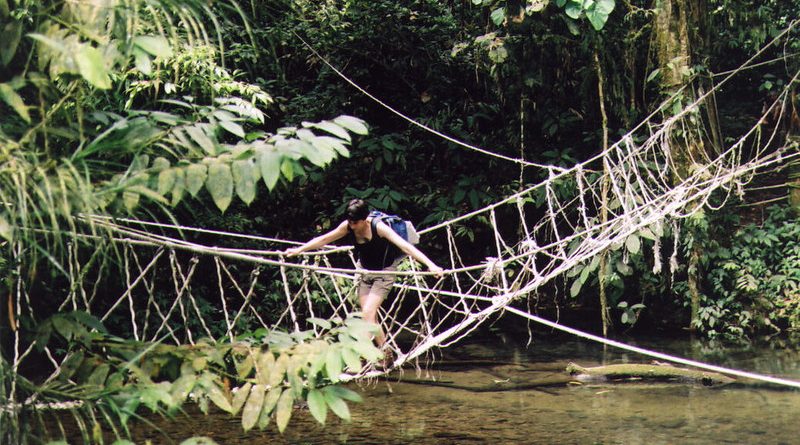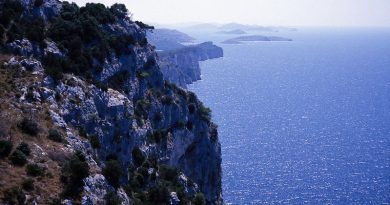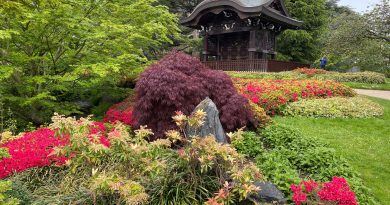Trekking in Borneo
Say the word Borneo and you immediately think of deep dark jungles, malaria infested swamps, dangerous and primitive headhunting tribes – well, you’d be a few hundred years out of date if you still thought that.
The Southeast Asian island of Borneo is the world’s third largest island and is home to one of the oldest remaining tropical rainforest. And yes, there are headhunting tribes – but thankfully, that’s a skill that’s no longer practiced.
Today, Borneo is paradise for the trekker – jungles with well-marked trails, mountains, stunning beaches and some of the best diving in the world. The island of Borneo is actually split between three countries – Malaysia, Brunei and Indonesia.
The southern half is Kalimantan, belonging to Indonesia, the northern states of Sarawak and Sabah are known as East Malaysia, and the tiny country of Brunei is nestled in between these two provinces, on the islands northwest coast.
HIGHLIGHTS
▪ Cruising by longboat into the depths of the Mulu National Park
▪ Swimming with sea turtles and schools of barracuda off Sipadan-Mabul
▪ Watching the feeding time at Sepilok Orangutan Sanctuary
ROUTE
We travel to the Malaysian states of Sarawak and Sabah on the island’s north coast.
We take a boat to the Gunung Mulu National Park where we hike through the jungle to find headhunting tribes. We visit a longhouse belonging to the Penan tribe, whose hunters take us into the jungle on a pig hunt. Next,we fly on to Sandakan, in the state of Sabah, and drive 25 km to the Sepilok Orangutan Sanctuary to see the orphaned orangutans.
After learning about the plight of the endangered orangutan,we trave by road and boat to the islands of Sipadan and Mabul where we dive with white-tip reef sharks, mating turtles and huge schools of barracuda.
SURVIVAL TIPS
▪ Rub tobacco on your legs to prevent leeches and wear high socks.
▪ It is VERY important to check your boots every morning for highly poisonous centipedes. They have the inconvenient habit of crawling into somewhere warm and sheltered for the night, leaving the unexpected trekker unable to walk anywhere.
DID YOU KNOW?
▪ Gunung Mulu National Park is home to hundreds of caves. In fact, It is estimated that the number of caves already explored represents only 40% of the total number present in this national park. The park was named a World Heritage Site in November 2000.
▪ Visit the Deer Cave, home to two million resident fruit and insect bats. The bats dump two tons of waste in Deer Cave every single day – that’s a heck of a lot of bat poop, so be prepared to hold your nose!
▪ the recently discovered Clearwater Cave is the largest cavern in the world – it could swallow five St. Paul’s Cathedral or 40 jumbo jets. This dark subterranean channel runs underground for 51km. The best way to travel along it is by wadding knee deep along the stream, but make sure you have powerful torches to see the ancient limestone formations. You will also need the torches to guide you through several river crossings it takes to get there.
▪ For centuries the Iban, a tribe living near the rivers of Borneo, were feared because they practiced headhunting. Today the practice is banned and they now live peacefully as agriculturalists alongside their neighbours. But that doesn’t mean they have abandoned all their customs. They are sticklers for etiquette, so never enter a longhouse without permission: always wait to be invited. (After all where at home can you go and be welcomed into a stranger’s house?).
▪ The ‘Head Hunters’ Trail is so called after the Kayan tribal war parties who took this route to raid the Iban and others living in this region of Limbang. It was primarily the original trading route between the highland villages and the villages across the border to Indonesia.
▪ • Like many rainforest plants, the plantlife of Borneo jungle is useful for many different purposes. The local tribal people have learned about these properties and use different plants to cure boils, epilepsy and flatulence. Others serve as sand paper and cooking foil and one plant type is being investigated by the Cancer Research Institute of Maryland for possible use in the treatment of A.I.D.S.
▪ Visit the Orangutans at Sepilok Wildlife Sanctuary, 10,000 square miles of forest which have been a designated conservation area since the 1930s. Only25 km from the town of Sandakan, it is one of the few places in the world where you are virtually guaranteed a sighting of the ‘wild man of the jungle’ in his true habitats. Daily feeding sessions are at 1000 and 14:30.
FURTHER INFORMATION
▪ Seridan Mulu Tour and Travel Services
No. 1, Lobby ArcadeRihga Royal Hotel, Miri
JLN Tenenggong Datuk Oyong Lawai
98000 Miri, Sarawak, Malaysia
Tel: (60-85) 414 300 / Fax: (60-85) 416066
Email: info@seridanmulu.com
▪ The Rihga Hotel Group have two hotels in Sarawak located in the heart of Mulu National Park: Righa Royal Hotel, Miri and Royal Mulu Resort.
Information about further sights and information about travel in Sarawak
▪ Sabah Tourism Board
A great site, with links and information about all the activities and sights in the state of Sabah.
▪ Travel Malaysia
The Tourism Department of Malaysia’s home site.
▪ Mulu National Park
Tel: 6085 434 561
Fax: 60 85 421 099
▪ Sepilok Orangutan Sanctuary
Find out more about the orangutans at Sepilok.
▪ Orangutans
General information about Orangutans
▪ Visas: Check with the Malaysian embassy in your home country about visas. Tell them you are planning to go to the states of Sarawak and Sabah.
▪ Getting to Borneo: Royal Brunei Airlinesflies into the Kingdom of Brunei. From there you can get overland transport, or connecting Malaysian airlines flights to various destinations within Sarawak and Sabah.




